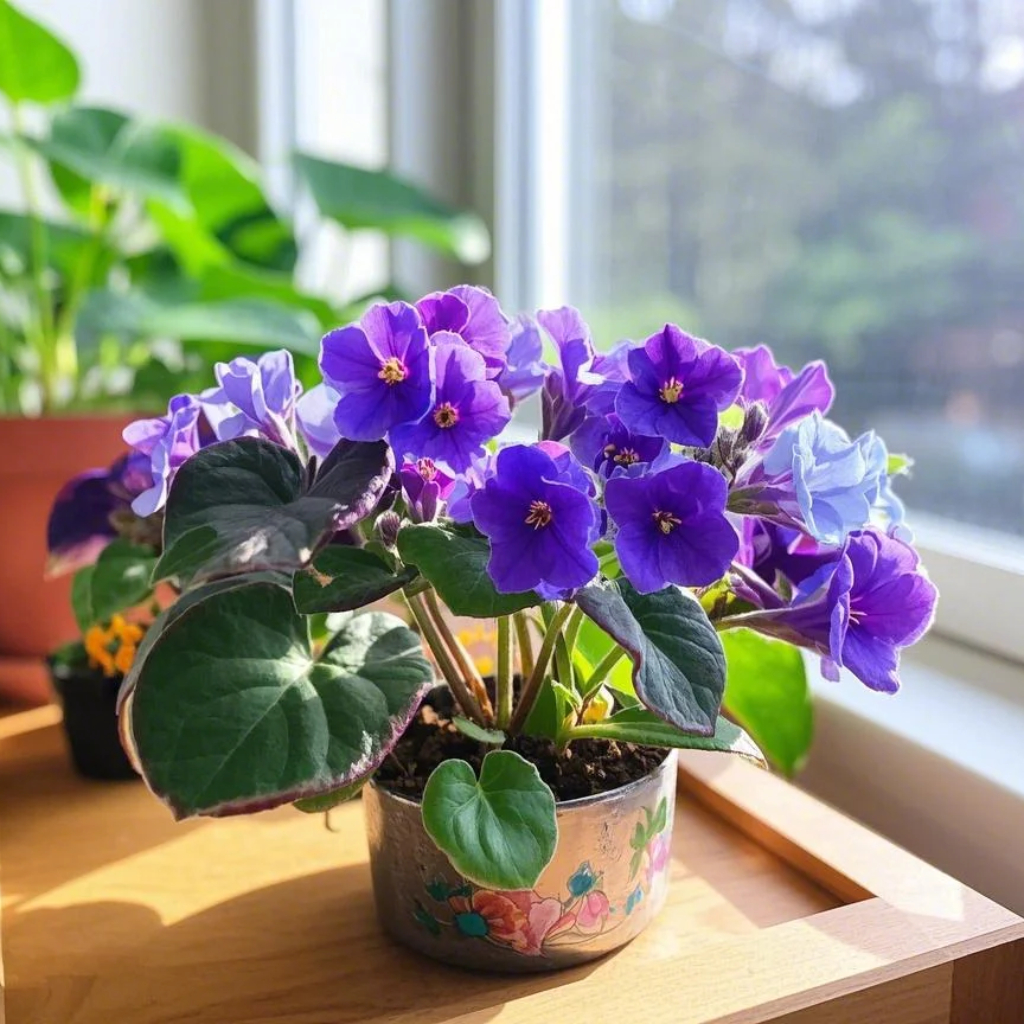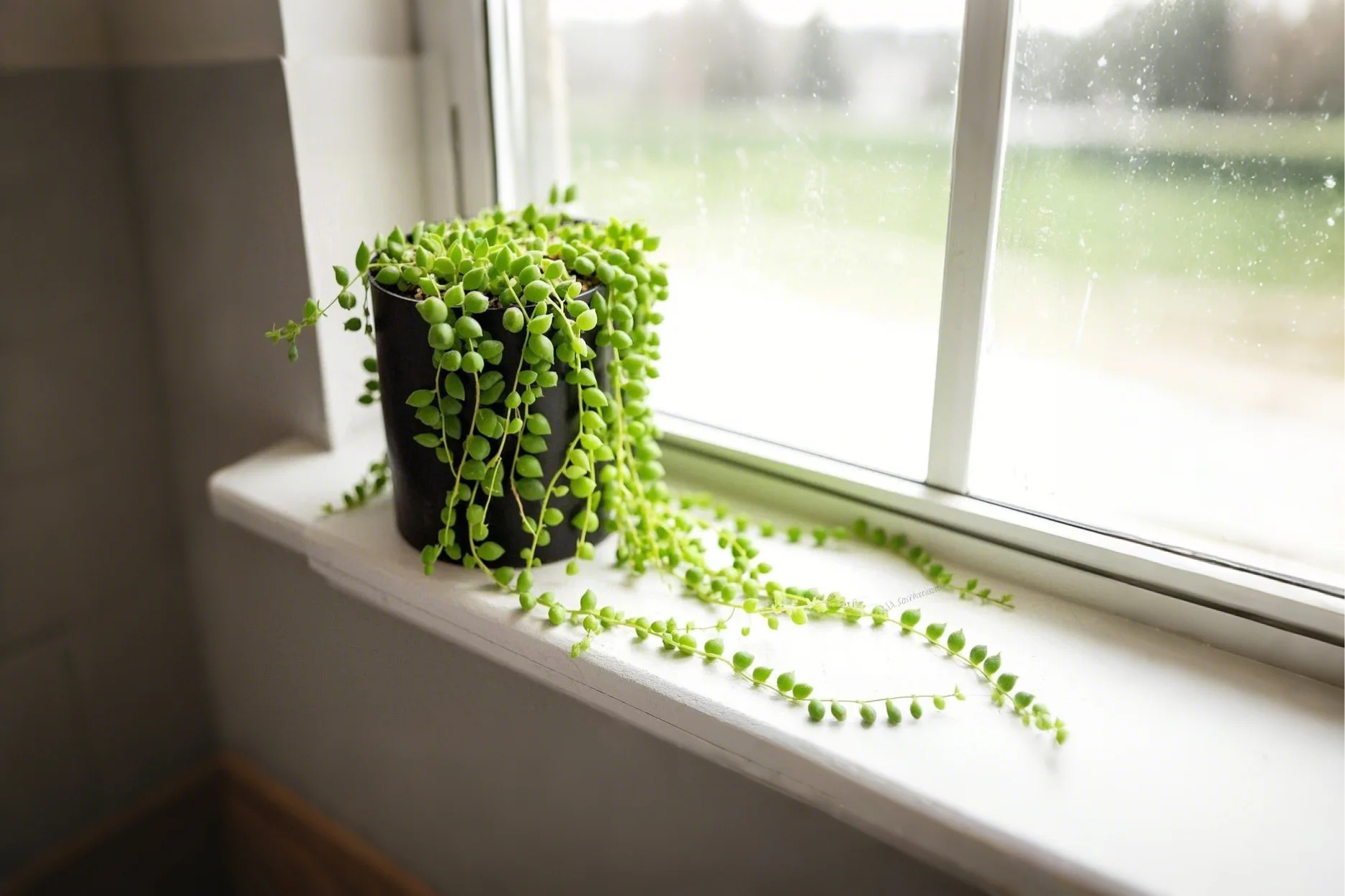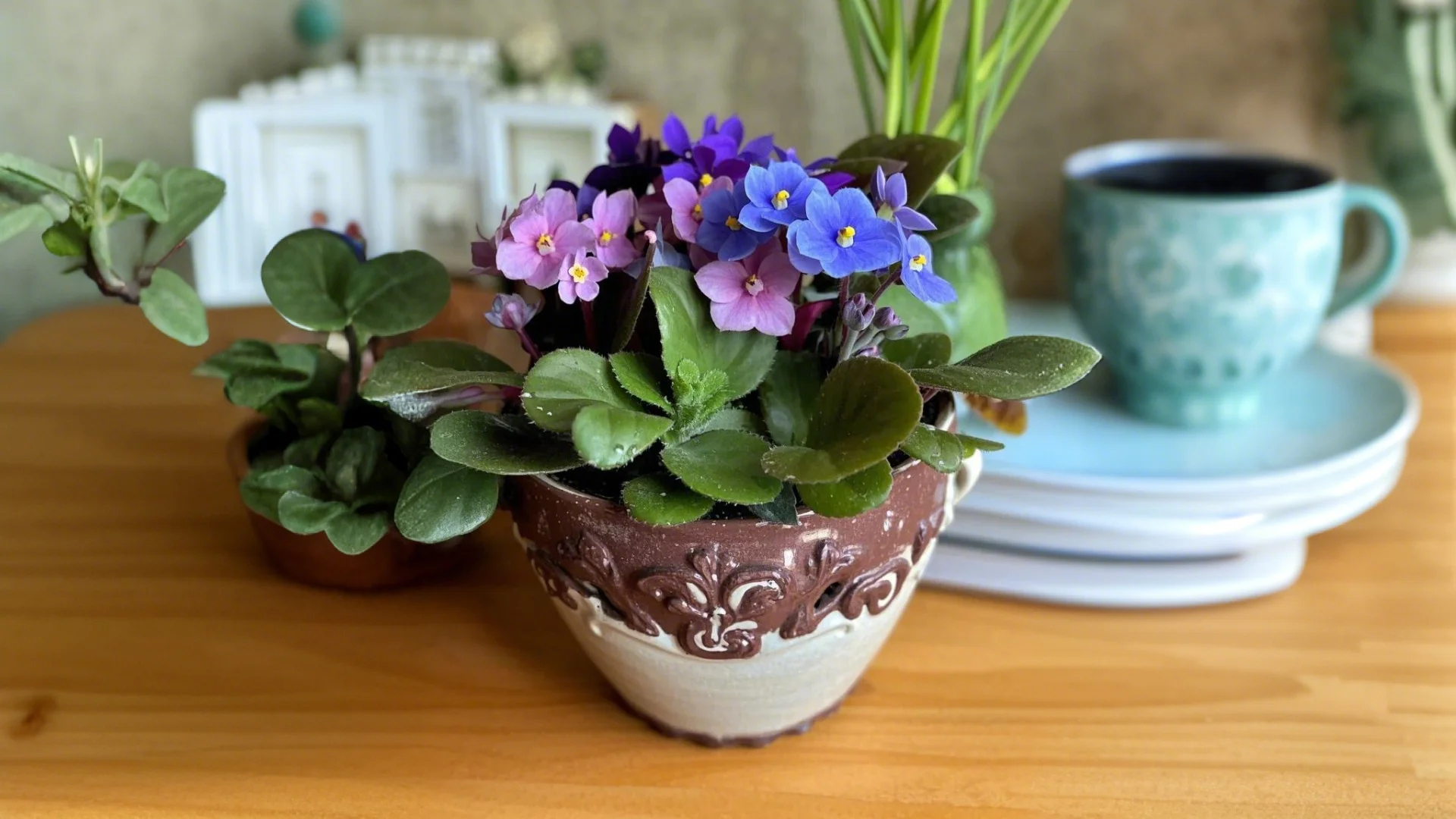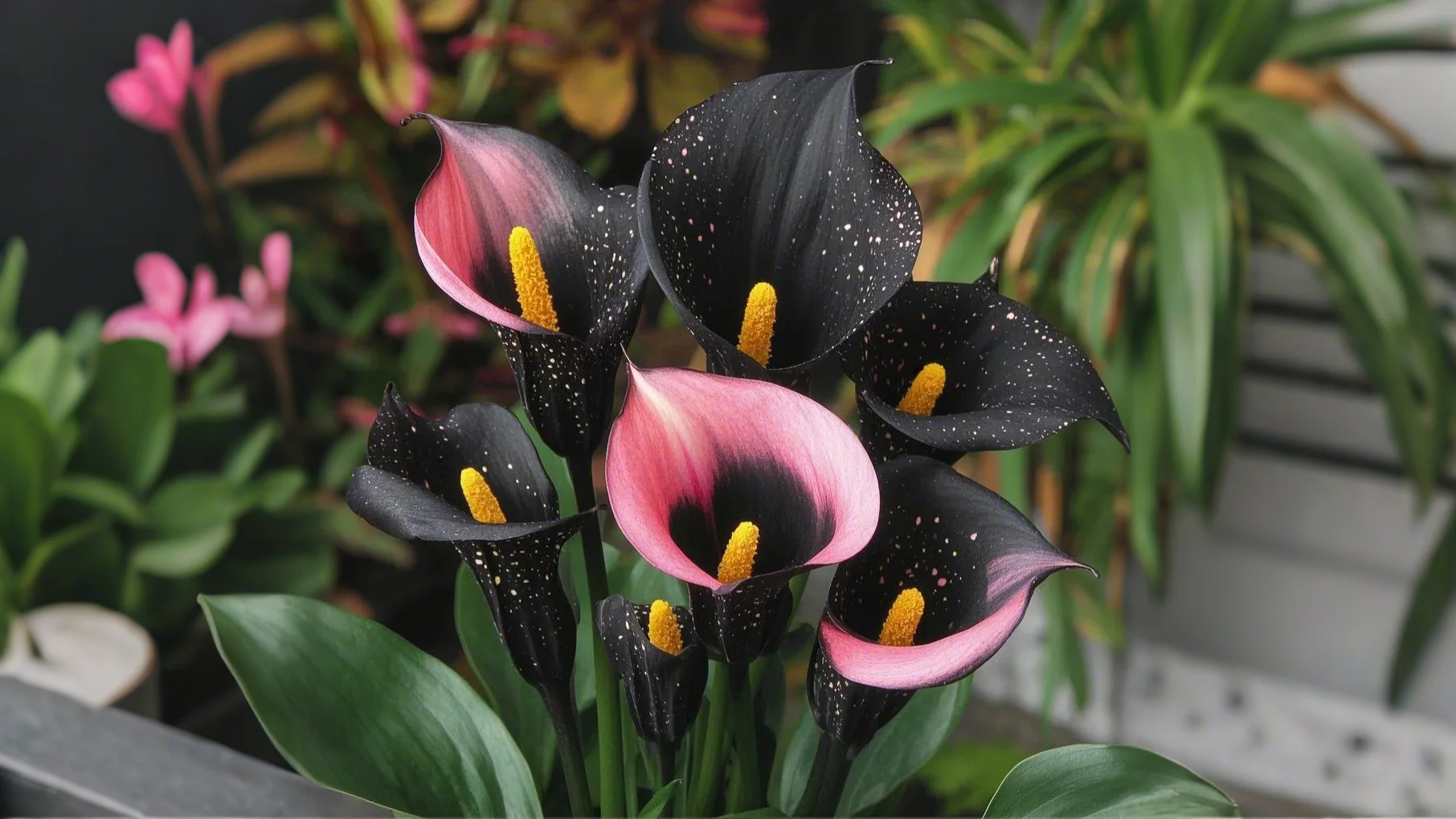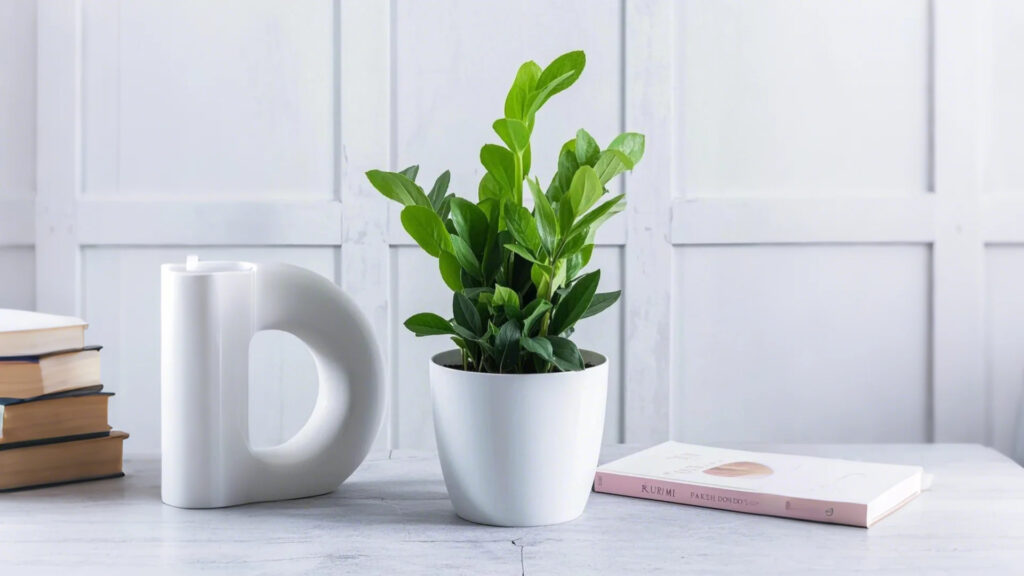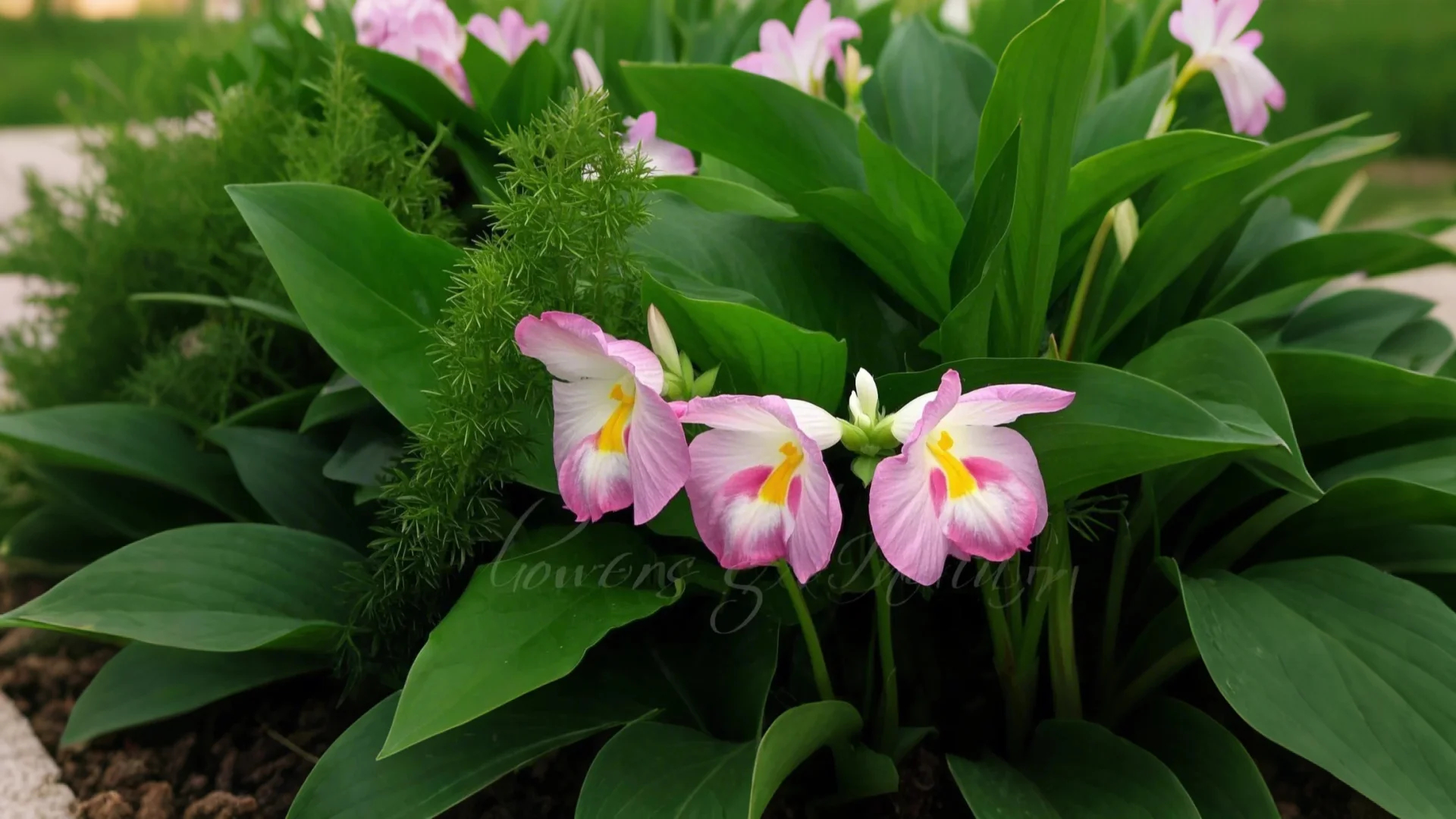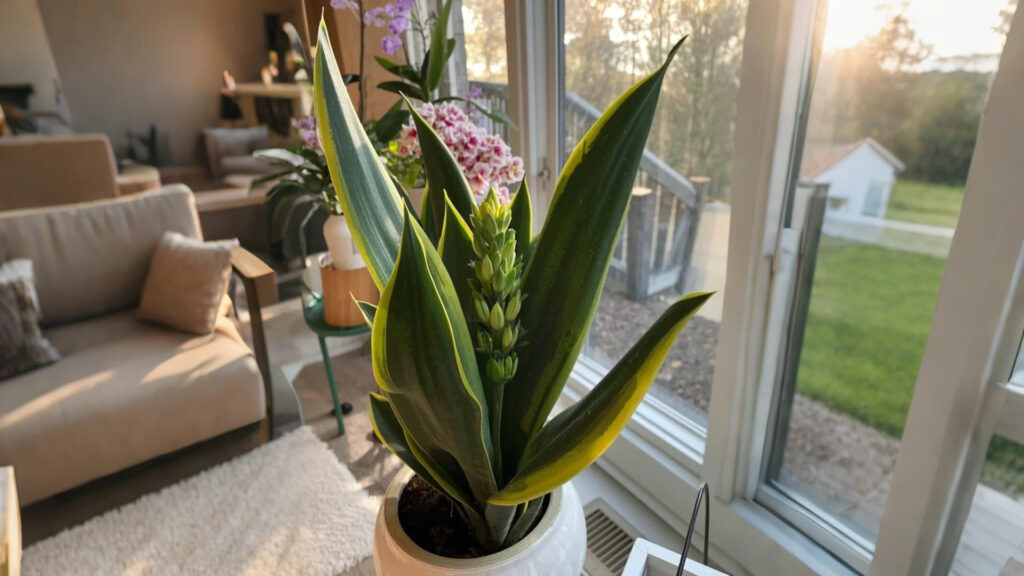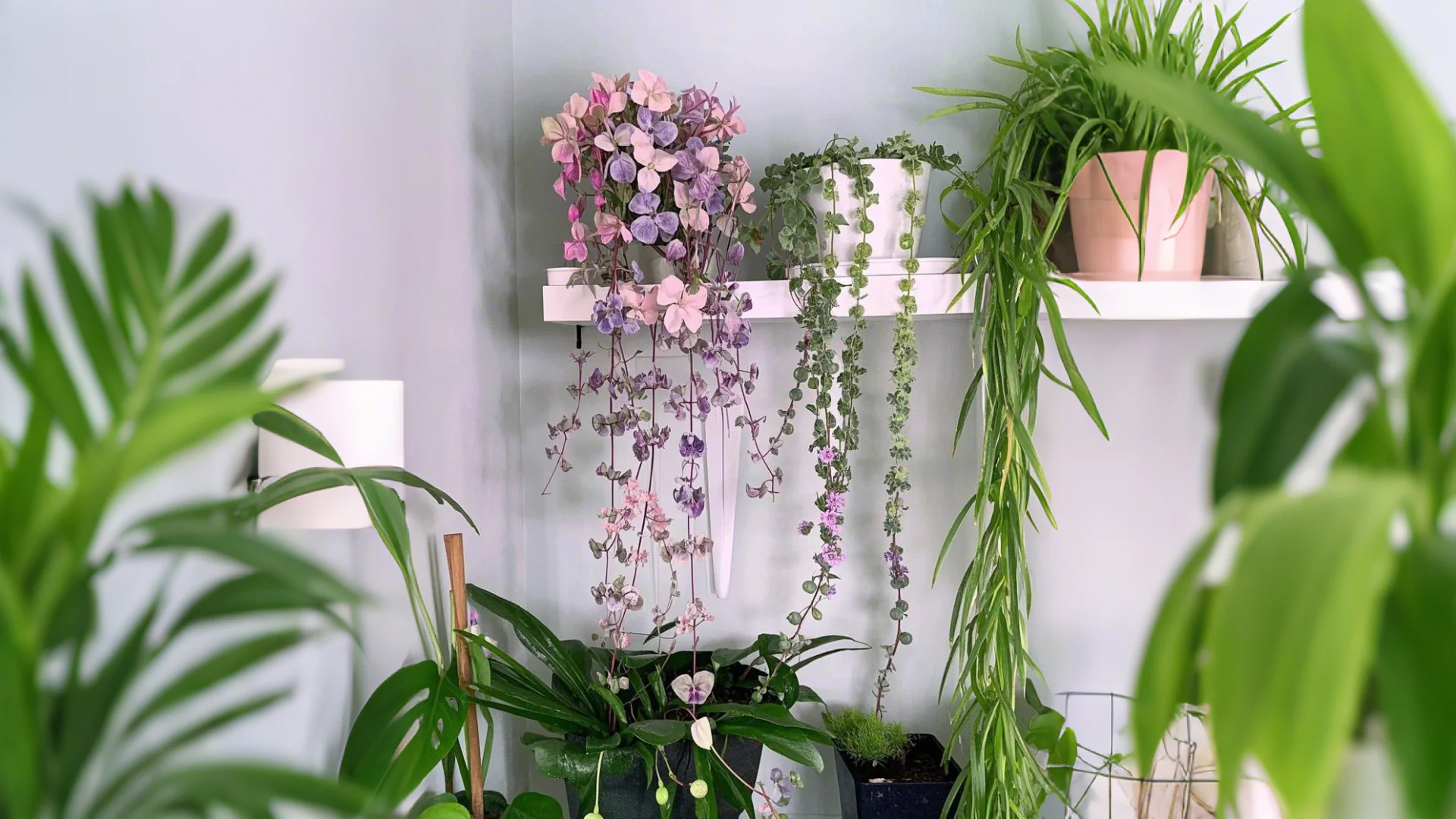
This beautiful trailing plant is well- known for its delicate, heart-shaped leaves and cascading vines. It is native to African continent specially found in South Africa. It is semi-succulent plant and an excellent choice for hanging baskets, shelves, or as a trailing accent in any indoor plant collection.

